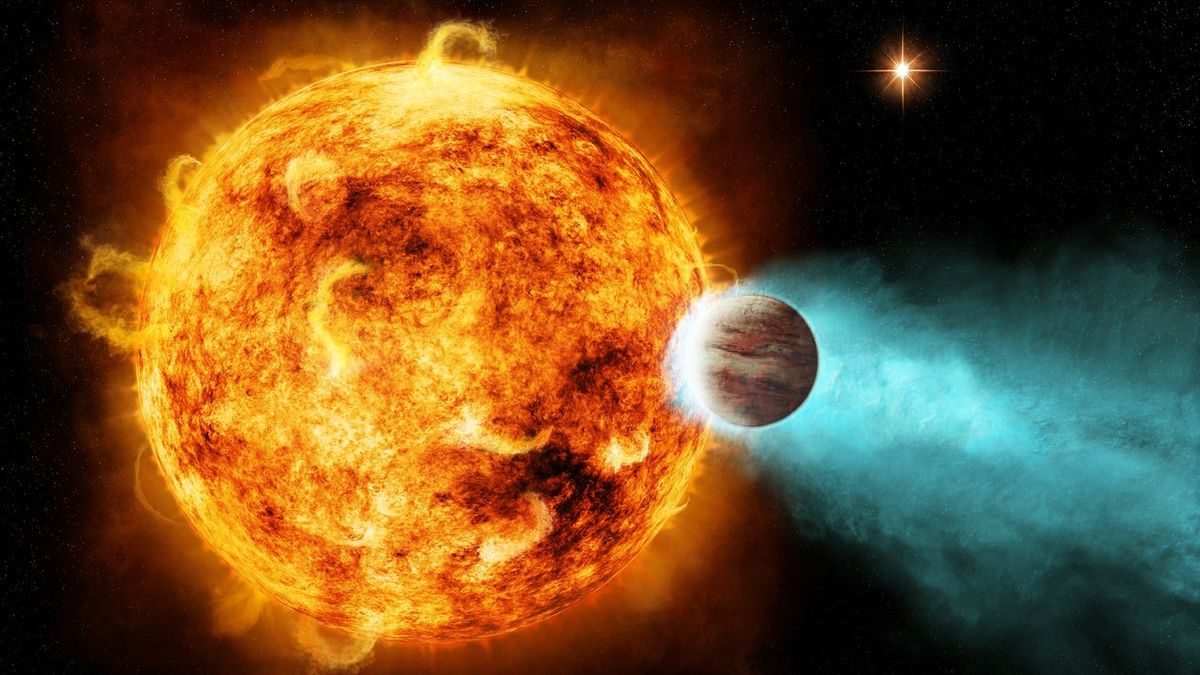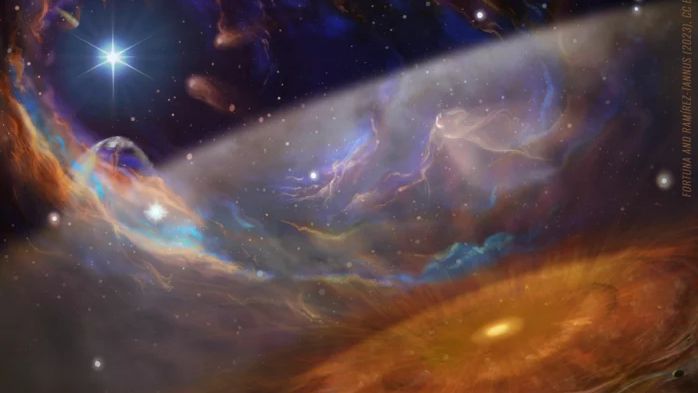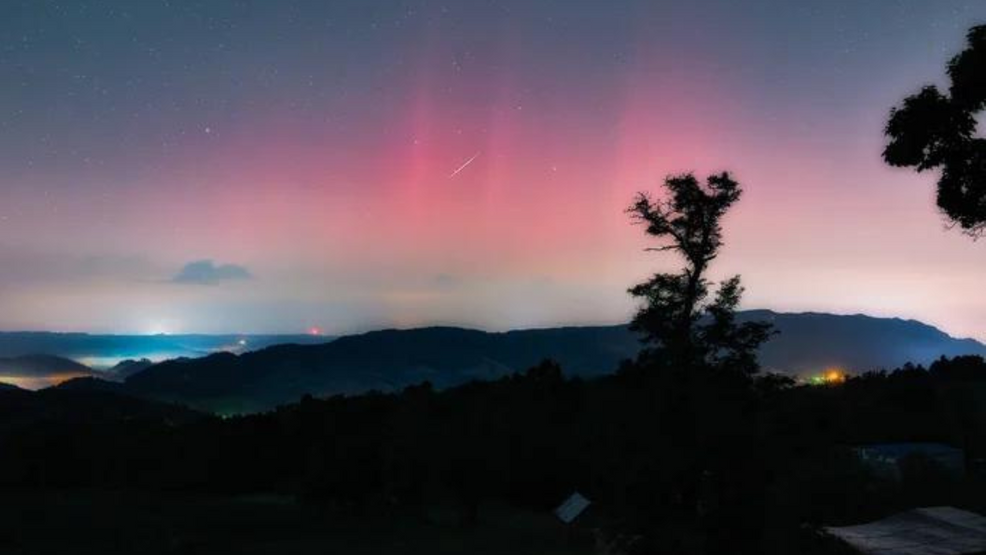-
The most important lesson about being a scientist I learned in New Jersey

“How did you get interested in astronomy and life in the Universe?” I have been asked this question a lot as I have been doing interviews about The Little Book of Aliens, my new book unpacking the science of astrobiology. Since the book also covers a scientist’s perspective on UFOs/UAPs, when people ask about the overlap…
-
Our solar system’s planets aren’t weird after all. Exoplanets have tilted orbits, too

Skewed planetary pathways around a star aren’t so strange after all. Scientists have known that all the planets in our solar system follow a slightly slanted trajectory as they circle the sun — but a new study shows that the phenomenon may not be unique to our cosmic neighborhood. It’s common, the authors say, for…
-
Ball State’s Holiday Arts and Culture Night and Upcoming Planetarium Shows
By Planetarium Staff— MUNCIE, IN—Ball State’s holiday arts and culture night is Saturday, Dec. 2, 2023. In addition to the holiday arts and culture night programs, the planetarium has two more weekends of planetarium shows left for the year… The Christmas Star and Magic Treehouse planetarium shows are playing in December at Ball State’s Charles…
-
Ball State’s Holiday Arts and Culture Night and Upcoming Planetarium Shows
By Planetarium Staff— MUNCIE, IN—Ball State’s holiday arts and culture night is Saturday, Dec. 2, 2023. In addition to the holiday arts and culture night programs, the planetarium has two more weekends of planetarium shows left for the year… The Christmas Star and Magic Treehouse planetarium shows are playing in December at Ball State’s Charles…
-
Earth-like planets may form even in harsh environments, James Webb Space Telescope finds

The James Webb Space Telescope (JWST) has found water and organic carbon molecules near a massive, active young star that’s situated in a faraway star-forming region of space, suggesting Earth-like exoplanets could form even in the harshest environments in our Milky Way Galaxy. Potentially, some of those exoplanets may even exhibit habitable conditions. A team…
-
Earth-like planets may form even in harsh environments, James Webb Space Telescope finds

The James Webb Space Telescope (JWST) has found water and organic carbon molecules near a massive, active young star that’s situated in a faraway star-forming region of space, suggesting Earth-like exoplanets could form even in the harshest environments in our Milky Way Galaxy. Potentially, some of those exoplanets may even exhibit habitable conditions. A team…
-
Our neighbor the Andromeda Galaxy shines overhead this week. Here’s how to see it
“In 1976, Janet and I signed up for an ‘astronomy cruise’ to Bermuda. We were on deck one night where Fred Hess, a planetarium expert, pointed out the star patterns visible to the naked eye. Janet used her binoculars to look at the objects described, and the high point came when we saw the Andromeda…
-
Astro Brief: Geminid Meteor Shower
Meteor showers occur regularly as Earth passes through the dusty paths of icy, rocky comets. This December 14, the Geminid meteor shower will peak, collecting material from a passing asteroid on its 524 day orbit. Join us this week as Mike discusses one of the best meteor showers of the year! Astro Brief is a…
-
A strong geomagnetic storm hits Earth today with aurora borealis visible

A strong geomagnetic storm is set to hit Earth Thursday night and Friday. Scientists from the Space Weather Prediction Center have issued a G3 geomagnetic storm alert, which means on a scale from one to five, it is moderately strong. A number of solar flares caught by the National Oceanic and Atmospheric Administration Tuesday and…
-
The International Space Station will fly across Irish skies tonight

THE INTERNATIONAL SPACE Station (ISS), the global space project currently the home to six astronauts, will be seen flying across the Irish sky tonight. A “star-like object” will be seen blaze across the sky around 6.06pm this evening the space enthusiast magazine and non-profit group Astronomy Ireland said. The ISS, which will appear as an…
